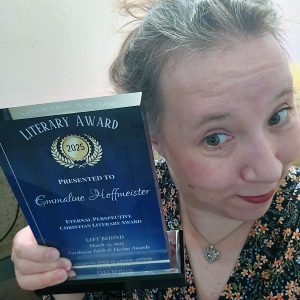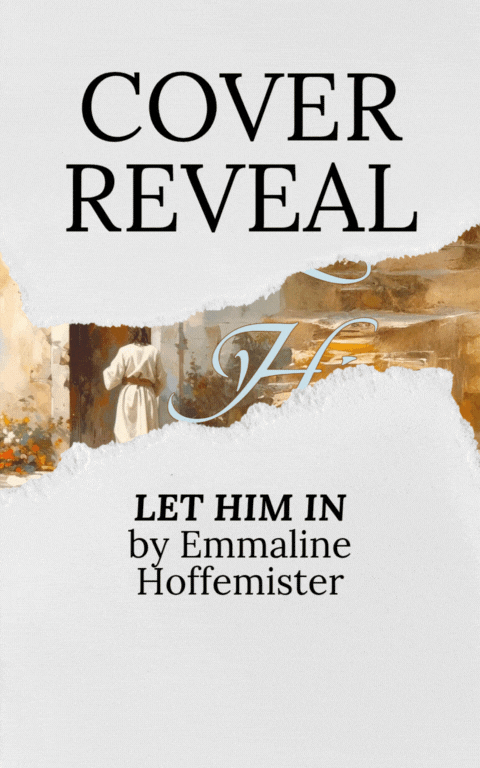Whether you’re just starting your manuscript or wrapping up your final edits, knowing what type of fiction you’re writing can shape your publishing goals and reader expectations. One of the simplest (and most defining) ways to classify your story is by word count.
Use this quick-reference guide to identify where your work fits on the fiction spectrum—from bite-sized micro-fiction to sweeping epics.
🖋️ Fiction Word Count Categories
📌 Micro-Fiction: Up to 100 Words
Micro-fiction is the ultimate challenge in brevity. Every word counts. Often poetic, punchy, or twisty, these stories are ideal for social media, flash contests, or writing prompts.
📌 Flash Fiction: 100 to 1,000 Words
Slightly roomier than micro-fiction, flash fiction delivers a full story arc in a tiny space. These are perfect for busy readers and publications looking for quick reads.
📌 Short Story: 1,000 to 7,500 Words
Short stories give you more breathing room to develop characters and explore themes. They’re often published in literary journals, anthologies, or as stand-alone pieces in digital form.
📌 Novelette: 7,500 to 20,000 Words
Too long for a short story and too short for a novella, the novelette is a sweet spot for readers who want a deeper dive without a long commitment. This format is making a comeback in indie and genre fiction circles.
📌 Novella: 20,000 to 40,000 Words
A novella allows for more complexity and subplots. Many classic works of literature fall in this range. It’s perfect for serialized fiction or companion stories to larger novels.
📌 Novel: 40,000 to 110,000 Words
This is the most familiar category. A novel gives you ample space to build immersive worlds, develop multiple character arcs, and tell a fully fleshed-out story. Most commercial and literary fiction falls into this range.
📌 Epic: 110,000 Words and Up
Epics are vast and ambitious, often spanning generations, worlds, or enormous themes. Think fantasy sagas, historical tomes, or sci-fi series starters. These are the doorstoppers readers love to get lost in.
📚 Why Word Count Matters
Knowing your word count category isn’t just about labeling and classification—it’s about understanding your audience, setting expectations, and choosing the right publishing path. Agents, publishers, and platforms often have preferred word count ranges. Even readers have unconscious expectations about story length, pacing, and depth.
So next time you wonder if you’re writing a short story or a full-blown novel, pull up this chart, check your word count, and celebrate the form you’re creating.
Want to share the above image?
Feel free to use it in your writing group, pin it to your writing board, or print it and include it in your planner to stay on track with your manuscript goals!


























1 thought on “The Ultimate Guide to Fiction Word Counts for Writers and Authors”
Comments are closed.